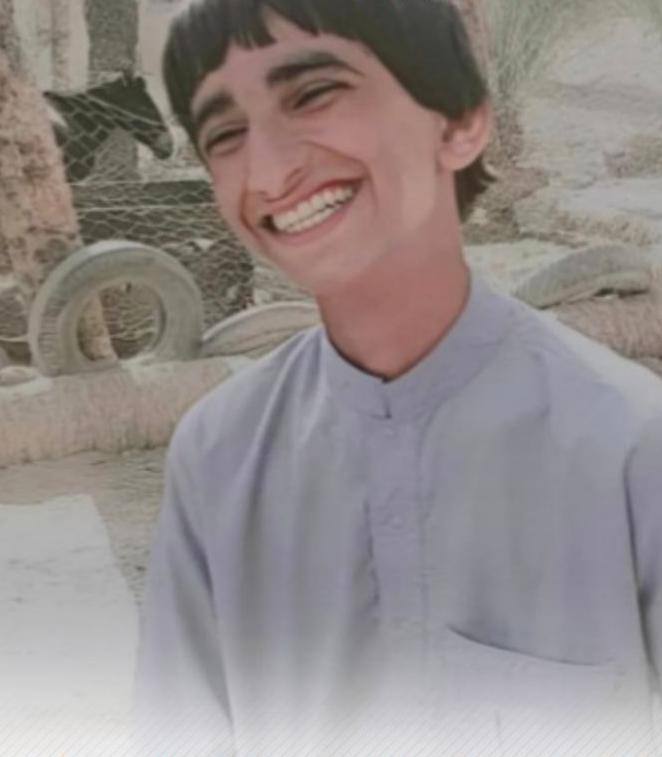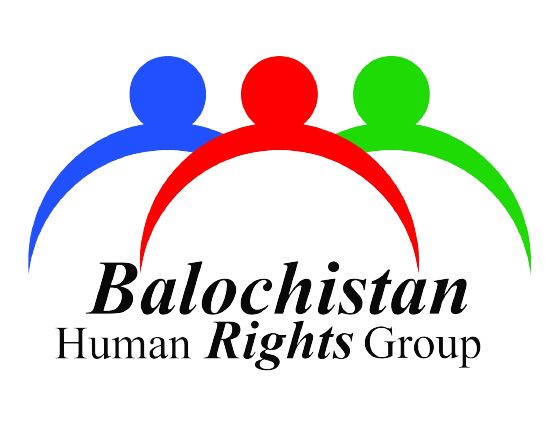Reported by the Balochistan Human Rights Group
Date of Report: April 10, 2025
Victim: Eisa Nazari, 15 years old, Baloch fuel carrier from Kalegan, Jaleq (Golshan), Sistan and Baluchestan Province, Iran
Incident Overview
On April 10, 2025, after 28 days of disappearance, the decomposed and mutilated body of Eisa Nazari, a teenage Baloch fuel carrier, was discovered in a restricted, landmine-infested border area near the village of Fahreh in the Kalegan region. According to the forensic report, he was shot in the back of the head—strong evidence pointing to a close-range extrajudicial execution.
Eisa was arrested on March 13, 2025, while transporting fuel with a few donkeys and mules through a rugged border route. He was fired upon by security forces from the Fahreh outpost and subsequently taken into custody. Eyewitnesses confirmed that he was arrested alive and unharmed. However, just two days later, security forces denied having him in custody. His family received no further information about his whereabouts until his body was found nearly a month later.
The body was located following an anonymous phone call. His family was directed to a remote, dangerous zone, where they discovered his heavily decomposed corpse, showing clear signs of a gunshot wound to the back of his head.
Fuel Carrying: A Livelihood, Not a Crime
Fuel carrying—while physically demanding and dangerous—is one of the only available means of survival for thousands of families in the border regions of Sistan and Baluchestan. Structural discrimination, chronic underdevelopment, and lack of employment opportunities have forced even children, like Eisa Nazari, into such high-risk work to support their families.
Eisa was not a criminal. He was a victim of a system that criminalizes poverty and responds to survival with bullets.
Pattern of Suppression and Impunity
This incident fits a broader pattern of targeted violence and excessive use of lethal force by Iranian security forces against Baloch fuel carriers. The commander of the Fahreh outpost, a man identified as Kuchekzaei, is reportedly notorious in the area for violent behavior toward Baloch civilians and is widely considered the primary suspect in this case.
Eisa’s family strongly asserts that he was arrested without injury and in plain view of his companions, who fled the scene in fear. He was later transferred far from the site of his arrest and was executed extrajudicially.
Serious Human Rights Violations
This case represents multiple serious human rights violations by the Islamic Republic of Iran, including:
• The Right to Life – Article 6 of the ICCPR
• Prohibition of Torture and Cruel, Inhuman or Degrading Treatment – Article 7 of the ICCPR
• Enforced Disappearance – One of the gravest violations under international human rights law
• Rights of the Child – Protected under the Convention on the Rights of the Child (CRC)
• Right to Livelihood and Decent Work – Routinely violated through criminalization of informal labor in marginalized communities
Conclusion
Eisa Nazari is not just a name—he represents countless Baloch children and teenagers who, instead of having access to education, safety, and hope, are faced with poverty, systemic discrimination, and state violence. His death is yet another testament to the ongoing repression of ethnic minorities in Iran and the lack of accountability for security forces.


